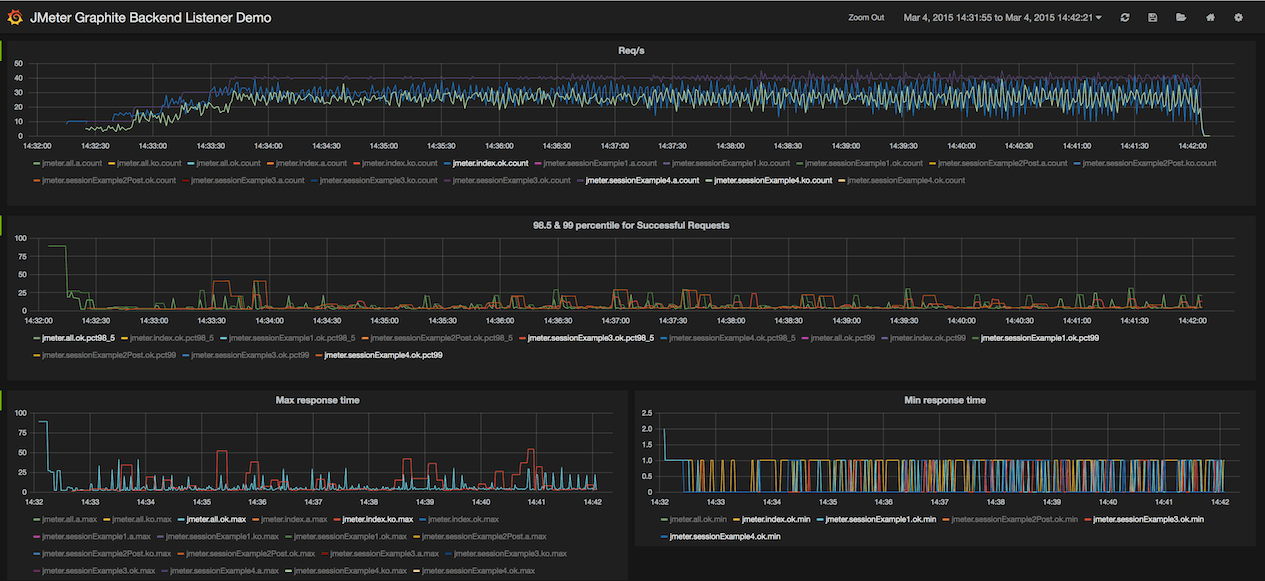

The difficulty in automating load testing scenarios comes from the fact that performance metrics are often ambiguous. Automating load testing with assertions.Keep in mind, that JMeter can be used against various kinds of backends other than HTTP servers, but we won’t get into that in this article. Interpreting performance reports and analyzing metrics is usually done by people as automatically determining if some metric should be considered as a failure is often hard. Response times, request durations and possible errors are logged and analyzed later on for defects. Typical usage scenario for JMeterĪ common scenario for using JMeter is some kind of load testing or smoke testing setup where JMeter is scripted to make a load of HTTP requests to a web application. JMeter’s web site has a good set of documentation on how it should be used. JMeter can also be used from different kinds of build environments (such as Maven, Gradle, Ant, …) from which running the tests can be automated.

JMeter offers a desktop application for which the scripts can be designed and run with. The scripts can be executed to collect performance statistics and testing results. Originally, JMeter was designed for testing web applications but has since expanded to be used for different kinds of load and functional testing.
#Apache jmeter performance metrics how to#
In this article, we will give you hands-on examples of how to integrate your JMeter tests to Meliora Testlab.Īpache JMeter is a tool for which you can design load testing and functional testing scripts. Apache JMeter is a popular tool for load and functional testing and for measuring performance.


 0 kommentar(er)
0 kommentar(er)
